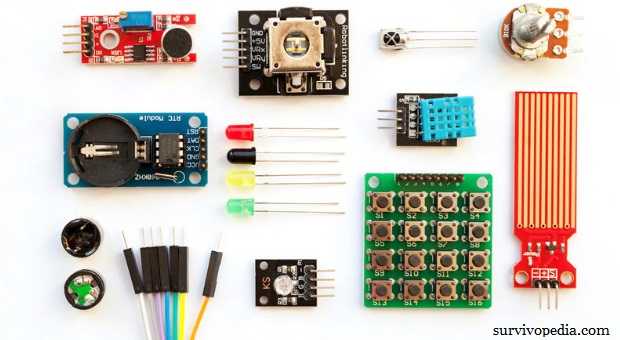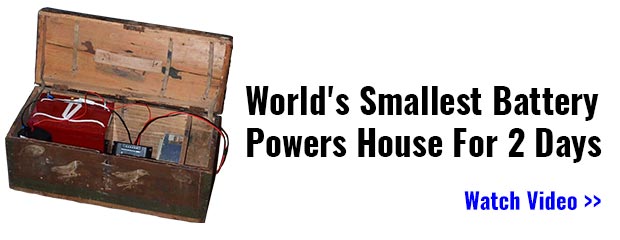Written by Guest Contributor on The Prepper Journal.
Editor’s Note: This post is another entry in the Prepper Writing Contest from JD. If you have information for Preppers that you would like to share and possibly win a $300 Amazon Gift Card to purchase your own prepping supplies, enter today.
Take a second and think if there is anyone you know who has loads of supplies packed in their home. Now ask yourself if that person has the knowledge and skill level to employ that equipment in critical times. What about you? Do you have the know-how when the going gets rough?
Maybe you’re just getting started with prepping and have an extremely tight budget. Your community and family are going to need capable people who can execute vital tasks when times are hard and lives are on the line. Don’t sell yourself short if your finances prevent you from acquiring massive amounts of equipment for any number of disasters. Think about the people on the other side of the coin who have lots of gear, but not lots of training on how to use it. Aristotle’s said, “The whole is greater than the sum of its parts” and pulling together as a community can pull you through any difficult circumstances.
Take a stroll through any prepper website and you’ll see that a ton emphasis is placed on gear and gadgets. I’m here to tell you that skills beat gadgets any day of the week and twice on Sundays! Knowledge weighs nothing and you always have it on you. People often try to buy their way out of a problem, but skills are built through habit and time. Today we’re going to focus on 6 basic skills that every prepper needs: Shooting, Medical, Survival, Communication, Gardening, and Leadership.
Shooting

A rifle with a sling in the hands of trained marksman can devastate and enemy force or consistently provide meat for the pot.
When things fall apart, it’s handy to know how to handle a weapon. Not just for self-defense purposes, but also for hunting. Even if you only have a .22 rifle, you can become deadly with it. Fancy scopes, match-grade barrels, suppressors and bi-pods are not required. A rifle with a sling in the hands of trained marksman can devastate and enemy force or consistently provide meat for the pot. You need to learn how to shoot – it can literally save your life!
Project Appleseed is a non-profit nationwide community of volunteers that teaches traditional rifle marksmanship that will “transform you from a person with a rifle into a principled and skilled Rifleman.” They offer inexpensive weekend shoots in nearly every state. Check out their site and get signed up for one of their events.
Medical

Medical emergencies don’t wait for the end of the world. They happen every day to thousands of people in your community. Trained First Responders can mean the difference between life and death. It’s likely that everyone will have to deal with some sort of medical or traumatic situation so it’s probably not a bad idea to learn how to deal with medical emergencies before they occur.
There are many counties/cities in every state that need volunteer firefighters. Since almost 80% of their calls are medical related, there are departments that will pay for your Emergency Medical Technician (EMT)- Basic Certification Course in return for your volunteer service to their department. This is an outstanding way to learn a crucial skill (for free) and get involved in your community. During my time as an EMT, I’ve seen first-hand the varied and extreme reactions of people’s response to stress while also developing the muscle memory to stay calm and provide emergency care to the sick and injured.
Survival

Whether you’re bugging out during a crisis or simply lost in the woods, survival skills are foundational to maintaining life. There are a lot of great resources on this topic that are free. Check out your local library for books or DVDs on survival. YouTube can also provide a lot of information regarding water purification, shelter building, fire-craft, signaling, navigation and snaring. There are a wide variety of techniques in the survival community so focus your search on practical skills and less on the primitive living techniques that can take years to master like fire by friction, tanning hides, flint-knapping, etc.
Communication

It’s a good idea to learn how to use radios now before you need them.For communities to effectively work together during catastrophes, they have to be able to communicate. In today’s society, we’ve become complacent with luxuries like the internet and cell phones that are highly vulnerable to failure when things go south.
In times of need, HAM radio operators stand in the gap to provide lifesaving information. This allows communities to prepare for incoming threats, make informed decisions, adjust provisions for crisis duration or work in concert with nearby communities. You can learn the basics of HAM radio with this free course. Also, it’s less than $40 to get your license and using a simple handheld radio you can be talking to other operators in your community in no time!
Gardening/Canning

A garden is simply a prepping must-have to live off-grid.
You’ve probably heard the saying that “Growing your own food is like printing your own money” and in hard times this has never been truer. Imagine your delight eating fresh tomatoes or strawberries after two weeks of freeze-dried food. Or opening a jar of raspberry jam in the middle of winter that you canned earlier that summer. Gardening and canning are skills that can be learned with a minimum amount of startup costs. If you have no idea where to start, check out your local county extension or city. They likely offer free workshops on these subjects and some even provide supplies to take home! Don’t worry if you don’t have a lot of space. A simple window sill herb garden can teach you the learning curve that comes with gardening. The beauty of gardening is that even if crisis never comes, you’ll still enjoy the fruits of your labor. Ha…you see what I did there?!
Leadership
Working together is a key factor to surviving disasters and leadership is a fundamental role in making that happen. Your community is a lot like a tribe and it needs leaders at the local level. Good leadership comes from being informed and understanding what people need in hard times. One part of leadership is understanding what planning and execution is taking place at the city, state and national level. FEMA has tons of free online courses so you can work together and relay community challenges using the local chain of command. Here is a snapshot of some of the courses they offer:
- Understanding the Incident Command System
- Emergency Planning
- Decision Making and Problem Solving
- Planning for the Needs of Children in Disasters
- Natural Disaster Mitigation
Check out their site to learn more:
There are also free courses on personal emergency preparedness offered by your city or county. A quick Internet search should point you in the right direction.
Sometimes the hardest part with most things in life is getting started. The good news is that you don’t need a fortune to start building your skillset. The danger here is not acting on this information; you have to apply it! Like Derek Sivers says, “If information were the answer we’d all be billionaires with perfect abs”. Now you know how to get started and move towards your goal. This can actually be a lot of fun. Invite a friend along with you and learn something new together. You might even find a new hobby!
About the Author: JD is the founder of I Will Make You Hard to Kill. His site is dedicated to a wide variety of skills that improve survivability in emergency situations as well as everyday life. He is a SERE Specialist with 18 years of military service teaching aircrew and special operations personnel how to survive, evade, resist and escape at the U.S. Air Force Survival School located at Fairchild AFB, WA.
The post 6 Inexpensive Skills Every Prepper Needs appeared first on The Prepper Journal.
from The Prepper Journal
Don't forget to visit the store and pick up some gear at The COR Outfitters. How prepared are you for emergencies?
#SurvivalFirestarter #SurvivalBugOutBackpack #PrepperSurvivalPack #SHTFGear #SHTFBag


 “A well-tended 400 square foot garden will feed a family of four.
“A well-tended 400 square foot garden will feed a family of four.
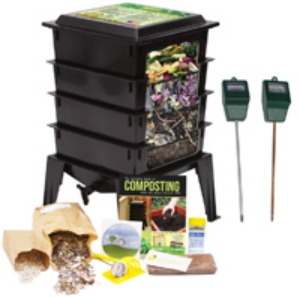 “Vermicomposting (aka worm composting) is a great way to rapidly compost your food waste.
“Vermicomposting (aka worm composting) is a great way to rapidly compost your food waste.
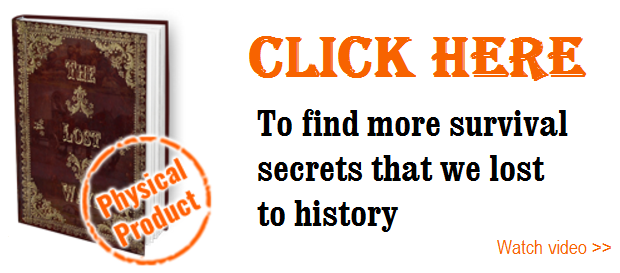




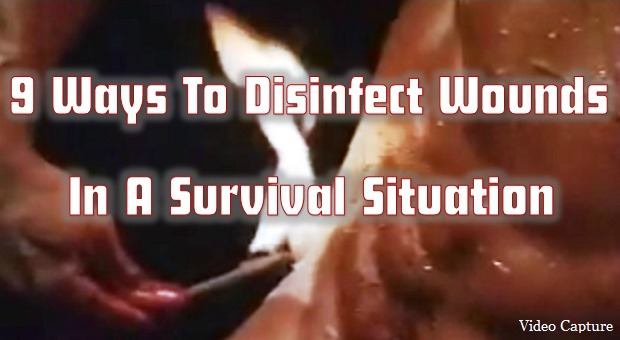
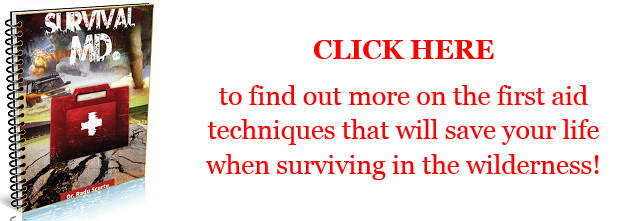
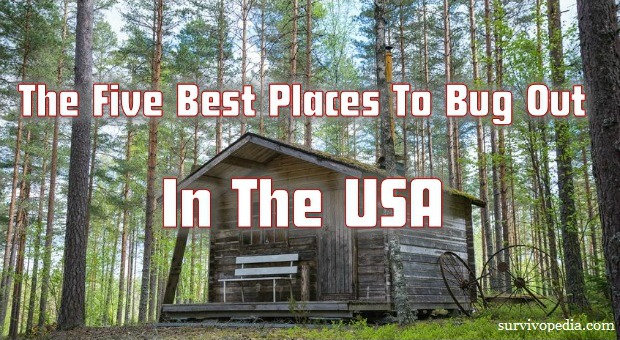
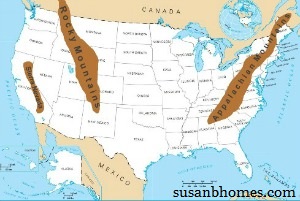 Whenever I think of bugging out or even owning a cabin in the woods, I think of the Rocky Mountains.
Whenever I think of bugging out or even owning a cabin in the woods, I think of the Rocky Mountains.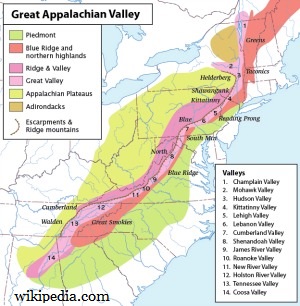
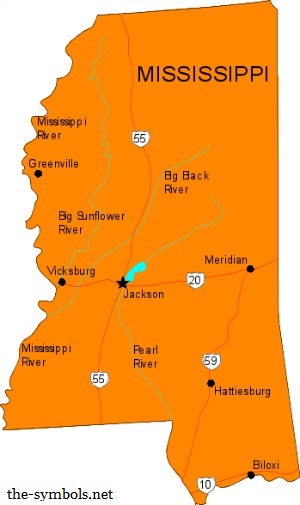 The Gulf Coast states, especially Louisiana and Mississippi are another part of the county where the gun culture is strong, with many people who hunt and fish on a regular basis.
The Gulf Coast states, especially Louisiana and Mississippi are another part of the county where the gun culture is strong, with many people who hunt and fish on a regular basis.
